Tire Size 205/50r17 vs 225/45r17
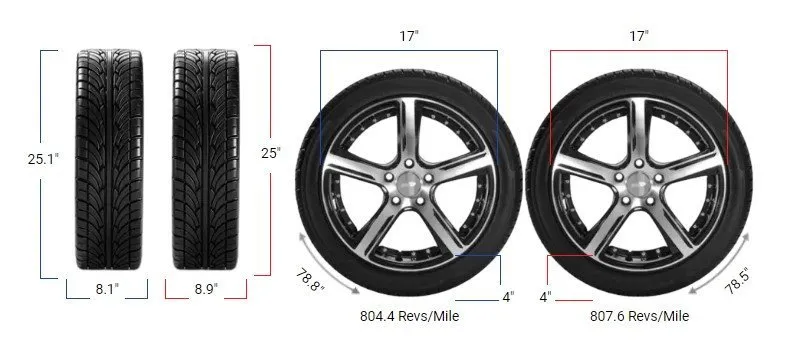
Tire upgrades can enhance your vehicle’s performance and appearance. When considering a switch from 205/50R17 to 225/45R17 tires, it’s crucial to understand the impacts on your driving experience. Let’s explore the key differences and their effects.
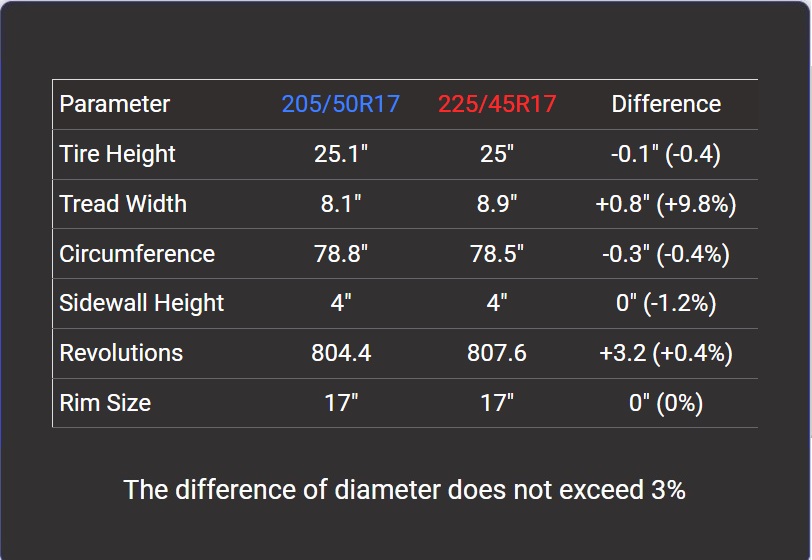
Fitment Guide
The overall diameters of the two tire sizes are very close, within 0.4%, making the 225/45r17 a direct replacement for the 205/50r17 in most cases.
The 225 is under the 3% limit for diameter change, meaning adaptations like lift kits are generally not required to accommodate the marginally larger 225 widths.
On-Road Impact
On-road performance is where you’ll notice the most significant effects of switching to 225/45R17 tires. These changes can influence various aspects of your driving experience.
- Handling & Stability: The wider tires offer a larger contact patch with the road, potentially improving cornering ability and overall stability. This can result in a more confident feel, especially during high-speed maneuvers or tight turns.
- Ride Comfort: The slightly lower profile of the 225/45R17 tires may lead to a marginally firmer ride. The reduced sidewall height means less cushioning between the wheel and the road, which could make bumps and road imperfections more noticeable.
- Gas Mileage: The wider tires may cause a slight increase in rolling resistance, potentially leading to a minor decrease in fuel efficiency. However, the impact is likely to be negligible in most cases, with differences of less than 1 mpg.
- Speedometer Accuracy: With a -0.4% change in overall diameter, your speedometer will read slightly higher than your actual speed. For example, when your speedometer shows 20 mph, you’ll actually be traveling at 19.92 mph. This difference is minimal and unlikely to cause any practical issues.
- Aesthetics: The wider, lower-profile 225/45R17 tires can give your vehicle a sportier appearance. This look is often preferred by enthusiasts and can make your car stand out on the road.
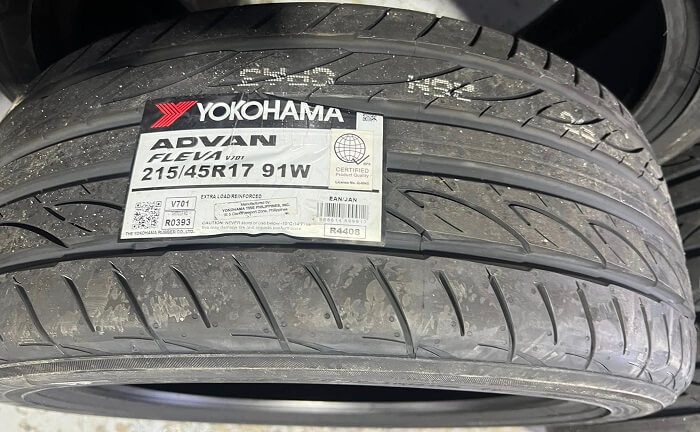
Off-Road Impact
While the switch to 225/45R17 tires is more commonly associated with on-road performance, it can also affect off-road capabilities to some extent.
- Ground Clearance: The slight reduction in overall diameter (-0.1 inches) will lower your vehicle’s ground clearance by a negligible amount. This minor change is unlikely to impact off-road performance significantly.
- Traction: The wider tires may provide better traction on loose surfaces like gravel or sand. However, in mud or deep snow, the wider profile could potentially lead to more “floating” on the surface rather than cutting through.
- Durability: The lower profile of the 225/45R17 tires means there’s less sidewall to absorb impacts from rocks or other off-road obstacles. This could potentially increase the risk of damage when driving on rough terrain.
What is the Difference Between 205/50r17 and 225/45r17?
The main difference between 205/50r17 and 225/45r17 tires is the width. The 225/45r17 tire is significantly wider, with a width of 8.86 inches (225 mm) compared to the 205/50r17’s width of 8.07 inches (205 mm).
This 0.79-inch (20 mm) increase in width represents a 9.8% difference, which is the most substantial change between these two tire sizes. The wider tire provides a larger contact patch with the road, potentially improving traction and handling characteristics, especially in dry conditions.
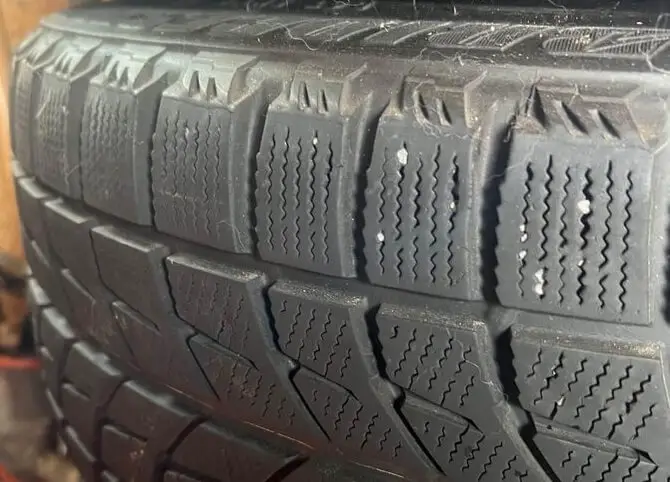
Can I Use 225/45r17 Instead of 205/50r17?
Yes, you can use 225/45r17 instead of 205/50r17. The overall diameter difference between these two tire sizes is only -0.4%, which is well within the recommended 3% tolerance.
This minimal difference ensures that the change won’t significantly affect your vehicle’s performance, speedometer accuracy, or safety systems.
How Much Taller Is a 205/50r17 Tire Than a 225/45r17?
The 205/50r17 tire is slightly taller than the 225/45r17 tire, but the difference is minimal. The 205/50r17 has a diameter of 25.07 inches (636.8 mm), while the 225/45r17 has a diameter of 24.97 inches (634.3 mm).
This means the 205/50r17 tire is only 0.1 inches (2.5 mm) taller than the 225/45r17 tire, which represents a mere 0.4% difference in height.
How Much Wider is a 225/45r17 Tire Than a 205/50r17?
The 225/45r17 tire is 0.79 inches (20 mm) wider than the 205/50r17 tire. Specifically, the 225/45r17 has a width of 8.86 inches (225 mm), while the 205/50r17 has a width of 8.07 inches (205 mm).
This difference represents a 9.8% increase in width, which is the most significant dimensional change between these two tire sizes.
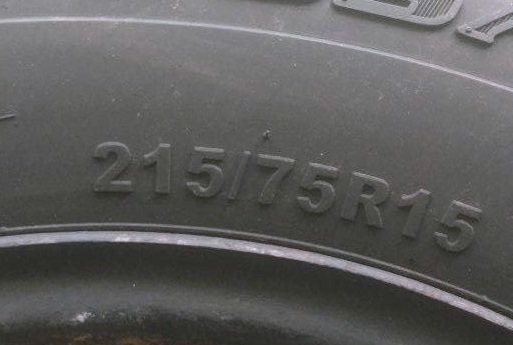
Our Observation
Switching from 205/50R17 to 225/45R17 tires offers several benefits, including improved handling, better dry traction, and a sportier look. The wider tires provide a larger contact patch, enhancing cornering ability and overall stability.
However, this change may result in a slightly firmer ride and potentially minor decreases in fuel efficiency. The impact on off-road performance is minimal, with negligible effects on ground clearance.
Overall, the differences in on-road performance are more noticeable than off-road changes. For most drivers, the switch will provide a subtle but positive enhancement to their vehicle’s performance and appearance without significant drawbacks.

Meet Caitlin McCormack, a Tire Size Expert and Blogger Passionate About Everything Related to Tires. With Years of Experience in the Tire Industry, Caitlin Has Become an Expert in Tire Sizes and Their Impact on Vehicle Performance.
